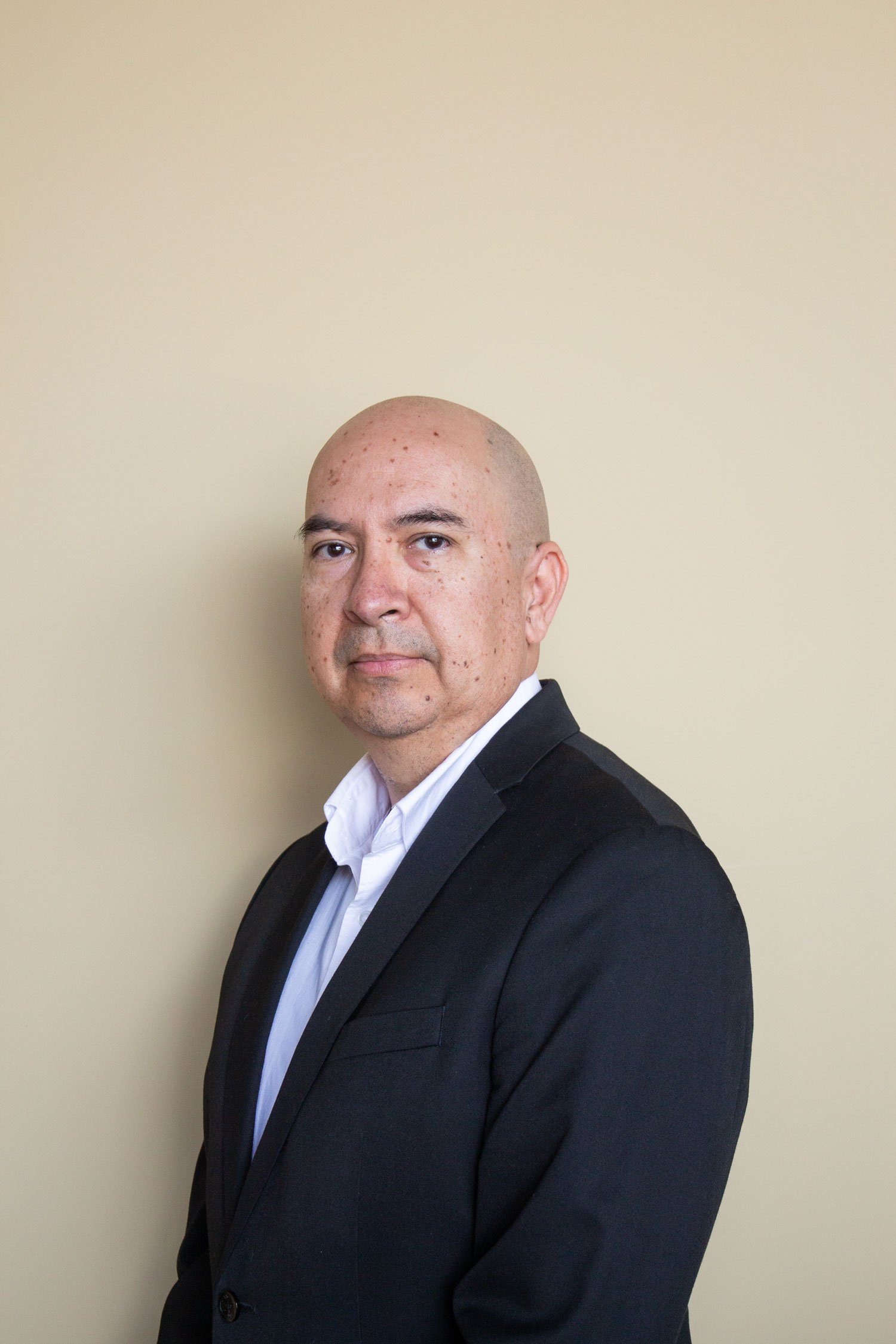Why Candidate Experience Matters from Day One — and How to Make It Count
After more than 20 years in recruitment and human capital management, one truth has never changed: the way we treat candidates from the very first interaction defines us as a company. In technology, where the demand for skilled professionals often exceeds supply, candidate experience isn’t just an HR priority, it’s a business advantage.
For technology leaders, the talent market has become a battleground. Whether you are hiring locally, building hybrid teams, or partnering with a nearshore software development company, the way your organization engages with talent reflects directly on your culture, your values, and your long-term vision. Top engineers always have options, and the impression you create during recruitment can mean the difference between securing the right talent—or losing it to another company.
As recruiters and HR leaders, we are ambassadors. Every call, every email, every interview is more than a formality, it’s a window into what life inside the organization looks like. Candidates aren’t just applying for a position; they are evaluating what it would be like to contribute to your projects, your mission, and your goals.
A strong candidate experience not only helps you attract high-performing engineering teams, it also shapes how people talk about your company, even if they’re not ultimately hired. Reputation spreads quickly in tech communities, and in today’s connected world, the experience of one candidate can ripple outward through Glassdoor reviews, LinkedIn posts, and personal recommendations.
So, how do we create a candidate experience that builds trust, strengthens employer brand, and ensures we remain competitive in attracting top talent? Based on decades of practice in recruitment and talent development, here are five lessons every technology company should apply:
1. Be Clear and Timely in Communication
Silence is one of the biggest frustrations for candidates. Acknowledging an application quickly, sharing clear timelines, and following up regularly shows respect. Even automated updates can feel personal if written thoughtfully.
And when there are delays, which happen often in fast-moving industries like software development, transparency is non-negotiable. Candidates don’t expect perfection; they expect honesty. A quick message explaining the reason for the delay is better than leaving someone in the dark. That simple action builds trust before the first interview even happens.
2. Personalize the Process
Generic hiring experiences feel transactional, especially for senior engineers or specialized roles. Small gestures of personalization, using the candidate’s name, referencing their unique background, or tailoring questions to their expertise, send a powerful message: “We see you.”
In nearshore recruitment, personalization is even more critical because cultural alignment plays a big role in long-term collaboration. If you want a team to feel integrated with your business from day one, the recruitment process must reflect that same level of attention and care.
3. Showcase Your Culture Authentically
Candidates today want to know more than salary and job descriptions. They want to understand how decisions are made, how teams collaborate, and whether leaders truly invest in people.
Don’t just state your values, show them in action. Share authentic stories of how your teams work, spotlight internal programs like Scio Elevate, or let candidates hear directly from employees about their growth journey. Culture isn’t defined by posters or slogans; it’s defined by how people feel day-to-day.
4. Provide Constructive Feedback
Rejection doesn’t have to mean the end of a relationship. In fact, it’s often an opportunity to strengthen it. A short, thoughtful note explaining why a candidate wasn’t selected, and highlighting what they did well, can turn a negative outcome into a positive impression.
This practice also reinforces your reputation as a company that values learning and growth. For fast-growing organizations that depend on talent pipelines, constructive feedback helps ensure that candidates keep you in mind for future opportunities.
5. Stay Present in Their Minds
Talent acquisition isn’t a one-time activity, it’s a long-term strategy. Building strong pipelines means keeping connections alive with your community of candidates, even if they weren’t hired the first time.
Regular touchpoints like newsletters, thought leadership content, or sharing industry insights on LinkedIn ensure that when a candidate is ready to make a move, or when you need to scale quickly, they already have a positive impression of your organization.
At Scio, for example, we maintain ongoing engagement with talent through training programs, career development resources, and cultural initiatives that keep our community close, even before they join the team.
Candidate Experience as a Business Strategy
Candidate experience goes far beyond HR. For technology companies, it directly impacts scalability, retention, and reputation. A positive experience creates a stronger employer brand, making it easier to hire in the future and reducing turnover costs.
Here’s a simple comparison:
Approach |
Impact on Talent |
Impact on Business |
|---|---|---|
| Poor Candidate Experience | Frustration, disengagement, negative reviews | Damaged brand, higher turnover, missed opportunities |
| Consistent & Positive Experience | Trust, engagement, long-term interest in the company | Stronger pipelines, lower cost per hire, scalable growth |
Final Thoughts
Creating an outstanding candidate experience doesn’t require extravagant budgets or complex processes. It’s built through consistency, empathy, and intentionality. In an industry where reputation is currency, every interaction is an opportunity to strengthen your brand—or weaken it.
For technology decision-makers, this is more than HR, it’s a strategy for growth. Companies that invest in candidate experience attract trusted, skilled, and easy-to-work-with developers who are motivated to contribute from day one.
Question for tech leaders: How does your recruitment process reflect the culture and values you want your teams to experience every single day?



